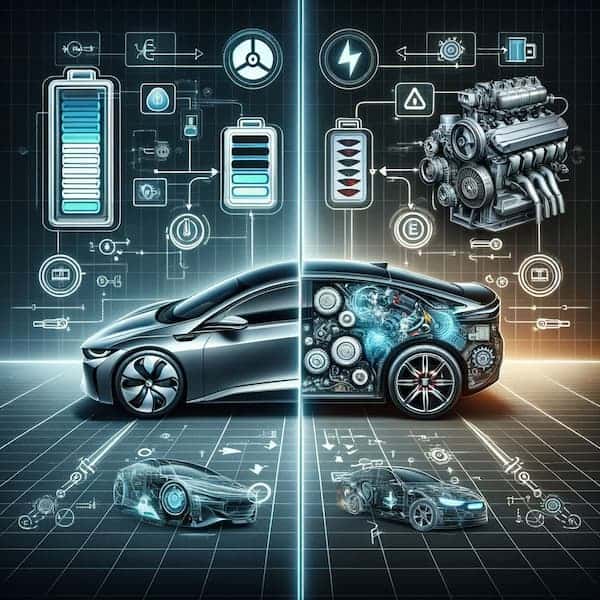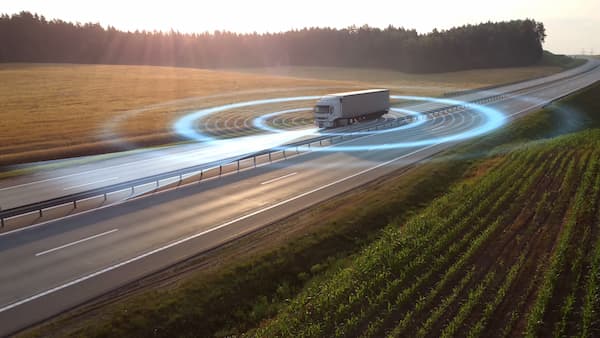Electric vehicles (EVs) represent a significant shift in automotive technology, particularly in how they manage power. A common question arises: why don’t electric cars have alternators? Understanding this requires a dive into the function of alternators and the unique power systems of electric vehicles.
Table of Contents
ToggleThe Role of an Alternator in Traditional Cars

In conventional vehicles, the alternator is a key component. It serves two main purposes:
- Recharging the Battery: It replenishes the battery’s charge, which is used to start the engine and power electrical components when the engine is off.
- Powering Electrical Systems: While the engine runs, the alternator powers the car’s electrical systems, from headlights to the infotainment system.
Electric Cars: A Different Approach

In contrast, electric cars alternator needs are fundamentally different. Here’s why:
- Battery Packs: Electric vehicles use large battery packs that store enough energy to power the car for extended periods. These batteries are much more capable than the standard 12-volt batteries in traditional cars.
- Regenerative Braking: This technology recaptures energy typically lost during braking and redirects it to recharge the battery. It’s a form of an “alternator for electric car” but works differently.
Efficiency and Design Considerations

Electric vehicles are designed for maximum efficiency. Including an alternator, as found in combustion engine vehicles, would be counterproductive. Here’s why:
- Weight and Complexity: Alternators add weight and complexity, reducing efficiency.
- Redundancy: The functions of an alternator are already covered by the EV’s battery pack and regenerative braking system.
Real-Life Example
Consider the Tesla Model S. It doesn’t have an alternator. Instead, it efficiently manages power through its advanced battery pack and regenerative braking, showcasing the efficiency of EV design.
Table: Power Management in EVs vs Traditional Cars
| Feature | Electric Vehicles | Traditional Cars |
| Primary Power Source | Battery Pack | Combustion Engine |
| Secondary Power Source | Regenerative Braking | Alternator |
| Energy Efficiency | High (due to regenerative braking) | Lower (mechanical energy conversion) |
| Design Complexity | Simplified (fewer moving parts) | More complex (additional components like alternators) |
conclusion
the absence of an alternator in electric cars is a testament to the efficiency and innovation in EV design. By relying on advanced battery technology and regenerative braking, electric vehicles achieve a level of efficiency and simplicity that traditional vehicles with alternators can’t match.
Stay informed and keep your electric vehicle running smoothly with Know Your Car!




